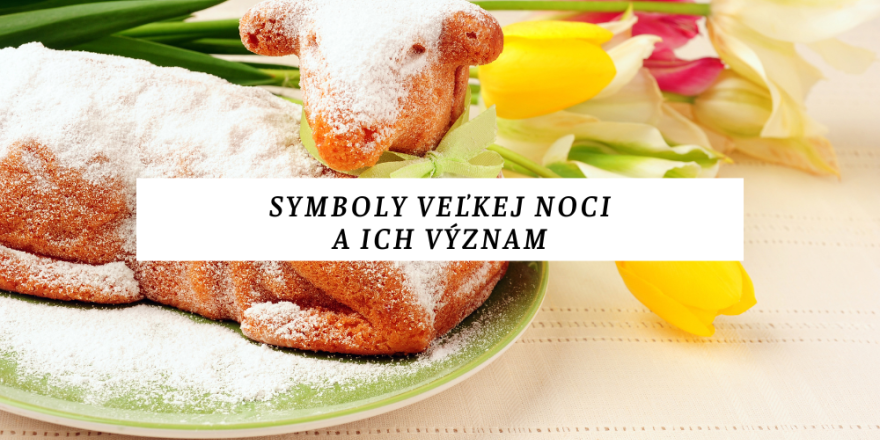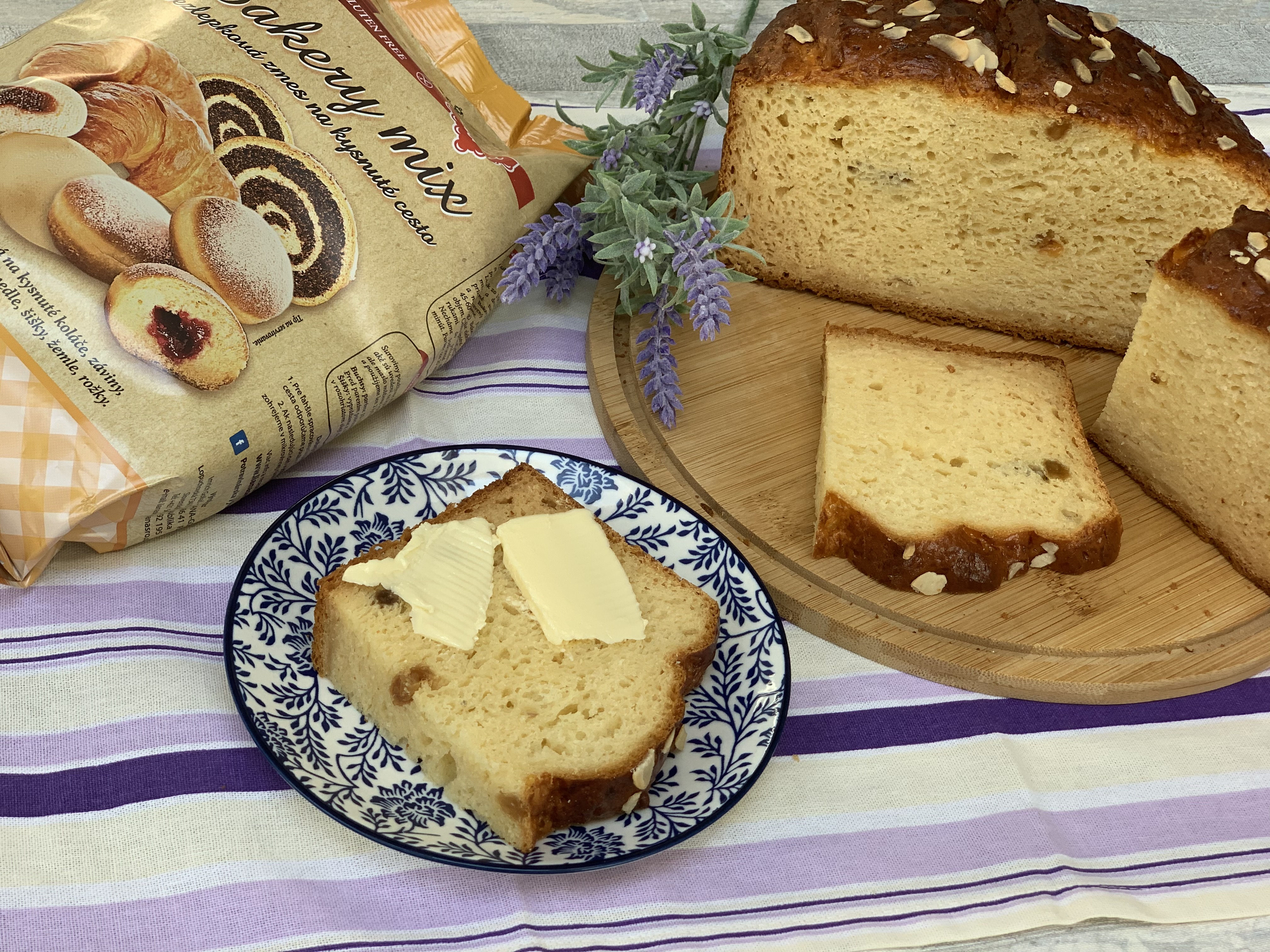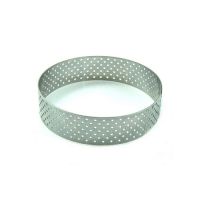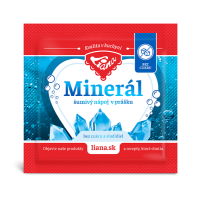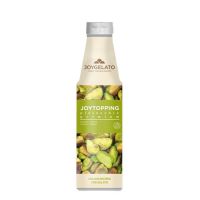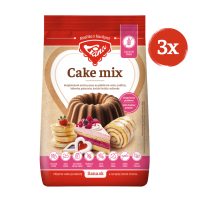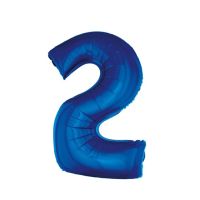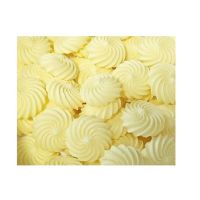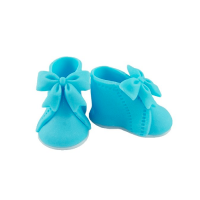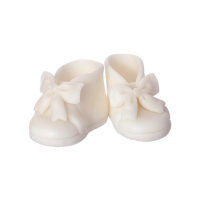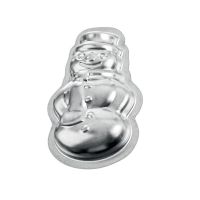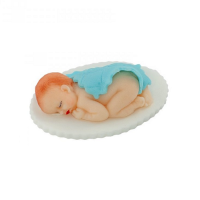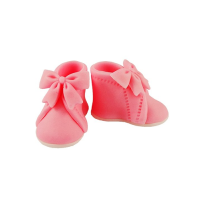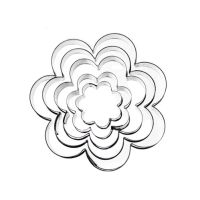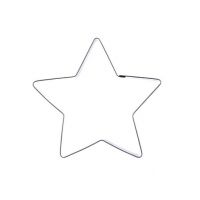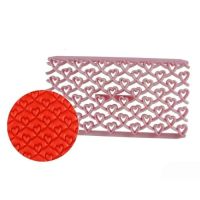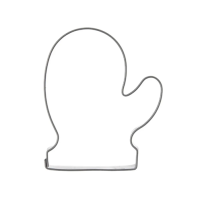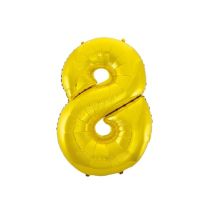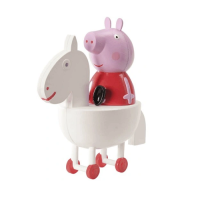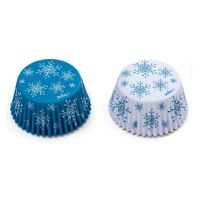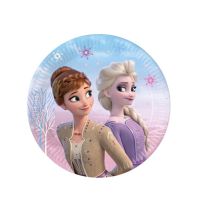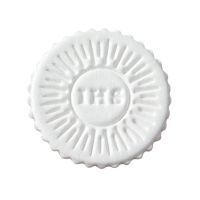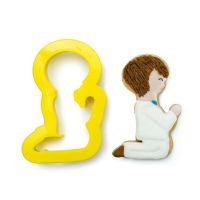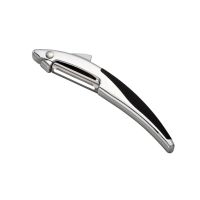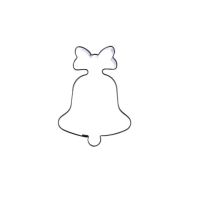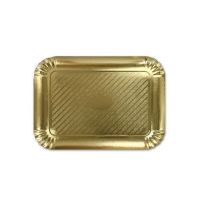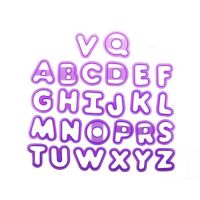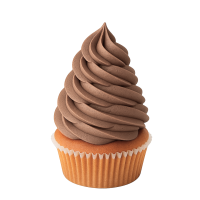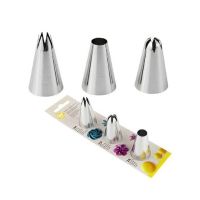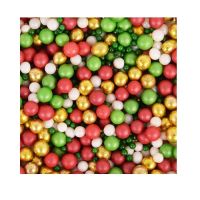Easter traditions and symbols have evolved over time, although some have been around for centuries. While for Christians Easter is a celebration of the resurrection of Christ, many Easter traditions are not found in the Bible. The most prominent secular symbol of this holiday, decorating eggs, dates back to at least the 13th century, while it belongs to the modern additions to the celebration of spring holidays.
Why is Easter called Easter?
The origin of the word Easter is uncertain. The Venerable Bede, an eighth-century monk and scholar, suggested that the word may have been derived from the Anglo-Saxon Eeostre or Eastre —a Germanic goddess of spring and fertility.
Another possibility is the Norse eostur, eastur or ostara , which meant "the period of the rising sun" or "the period of new birth". The word east comes from the same roots. In this case, Easter would be associated with the change of season.
A more recent and complex explanation comes from the Christian background of Easter rather than from a pagan background. The early Latin name for Easter week was hebdomada alba , or "white week," while the Sunday after Easter was called dominica in albis, after the white robes of those newly baptized. The word alba is Latin and means both white and dawn. Old German speakers made a mistake in the translation and used the plural word for dawn, ostarun, instead of the plural for white. From ostarun we get German Ostern and English Easter.
Easter eggs
Although Easter is a religious holiday, some of its customs, such as Easter eggs, are probably linked to pagan traditions. The egg, an ancient symbol of new life, was associated with pagan festivals celebrating spring. According to some sources, decorating eggs for Easter is a tradition that dates back to at least the 13th century. One explanation for this custom is that eggs used to be a forbidden food during Lent, so people painted and decorated them to mark the end of a period of penance and fasting, and then ate them at Easter as a celebration.
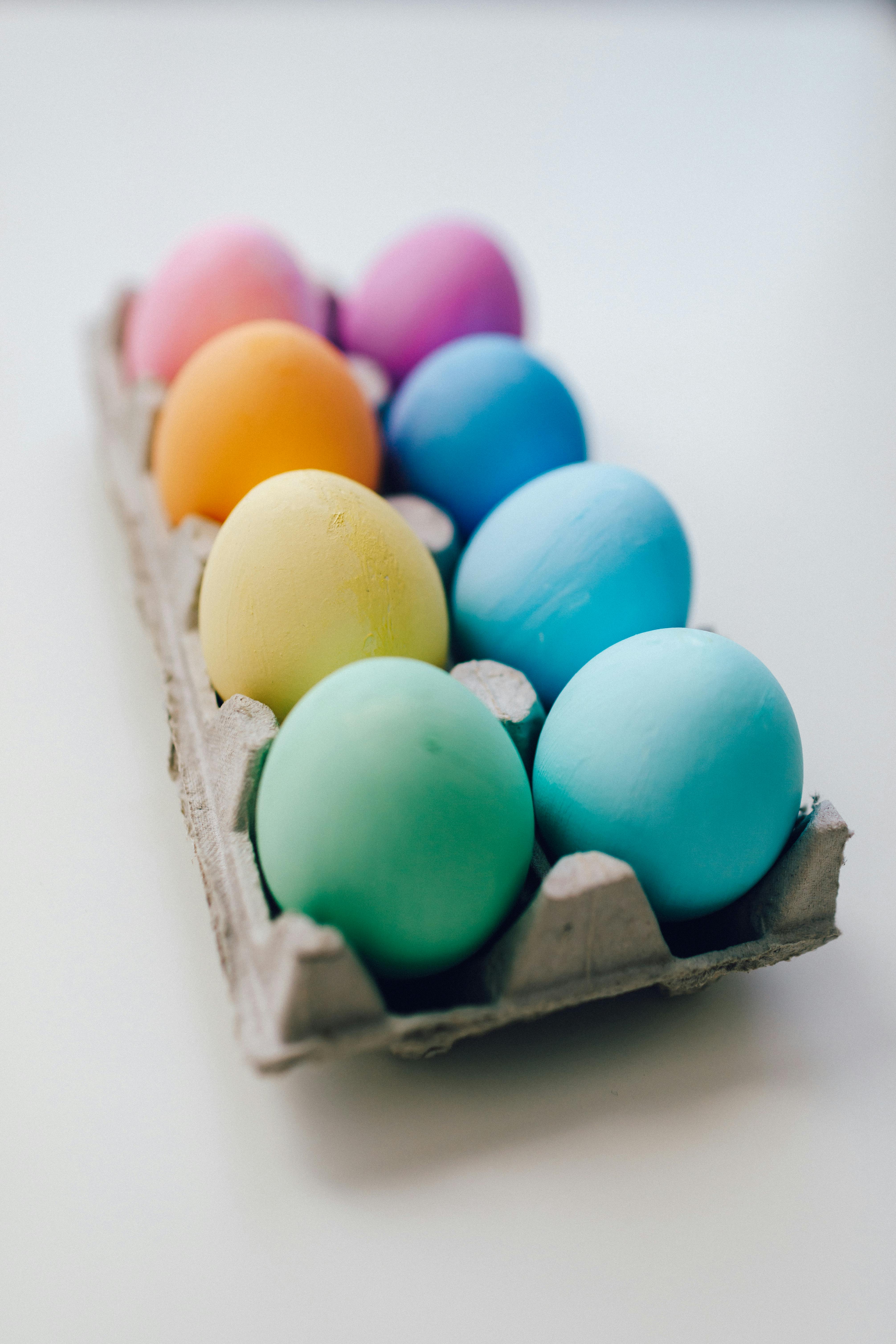
In our territory, Easter eggs are dyed with natural dyes. Get inspired by our ideas:
Yellow: Two teaspoons of ground turmeric to turn the eggs yellow.
Pink: One cup of grated beets to color the eggs pink. (Grate on a grater.)
Blue: One cup of chopped purple or red cabbage to turn eggs blue.
Blue: One cup blueberries to turn the eggs blue.
Purple: One cup red onion skins to dye eggs red or purple.
Brown: One bag of black tea for the brown color of the eggs.
Orange: One cup chopped yellow onion skins to turn eggs orange.
Lamb
Of all Easter symbols, the lamb is probably the most Christian. Apart from the fact that lambs are young animals born in the spring, it has no strong ties to pagan traditions.
The lamb comes from the Jewish Passover, where every family killed a lamb as a sacrifice. When Christ became the Passover Lamb for all, the lamb became a symbol of His sacrifice.
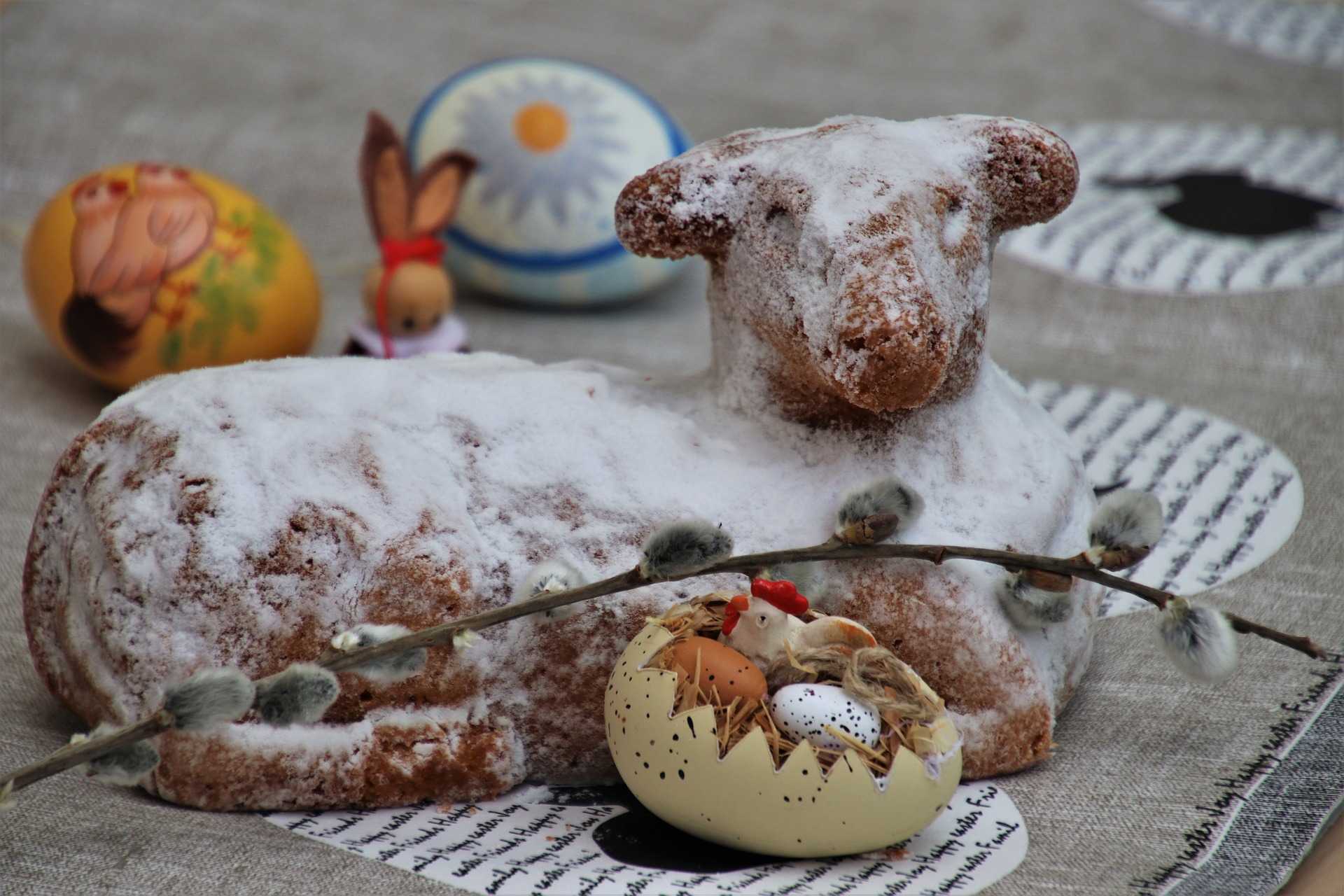
Easter Bunny
Easter comes in spring and celebrates new life. Which spring animals better represent fertility than the rabbit or the hare? However, the Easter Bunny that visits children on Easter morning was an invention of German Protestants; The Osterhase or Easter Bunny brought eggs and sweets to good children in the same way that Santa Claus brought gifts to obedient children.
In our country, the Easter hare is better known in the form of hollow chocolate, which is popular not only with children, but also with adults.
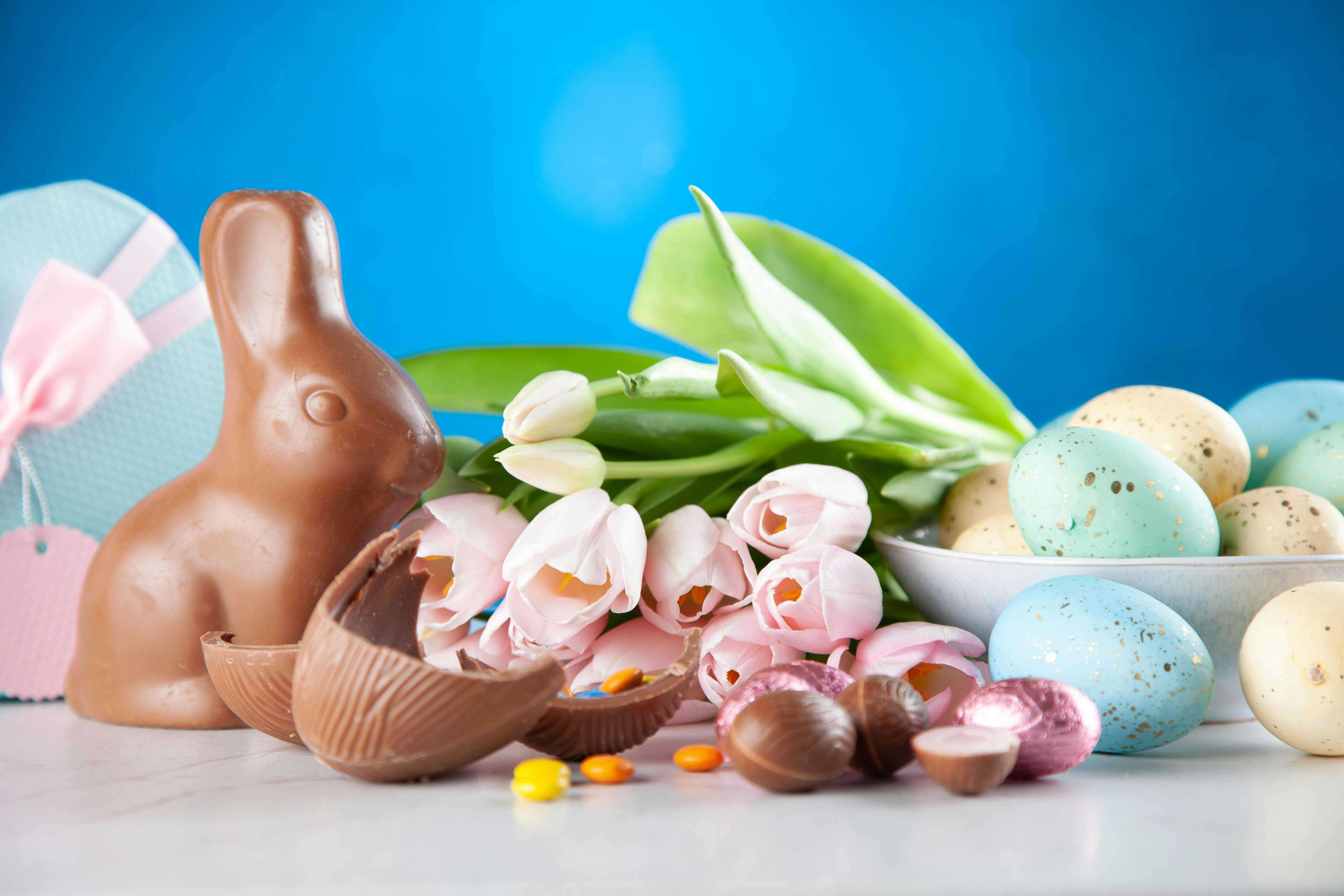
Easter sweet bread
For Christians, the resurrected Christ is the bread of life in which believers find their daily spiritual sustenance.
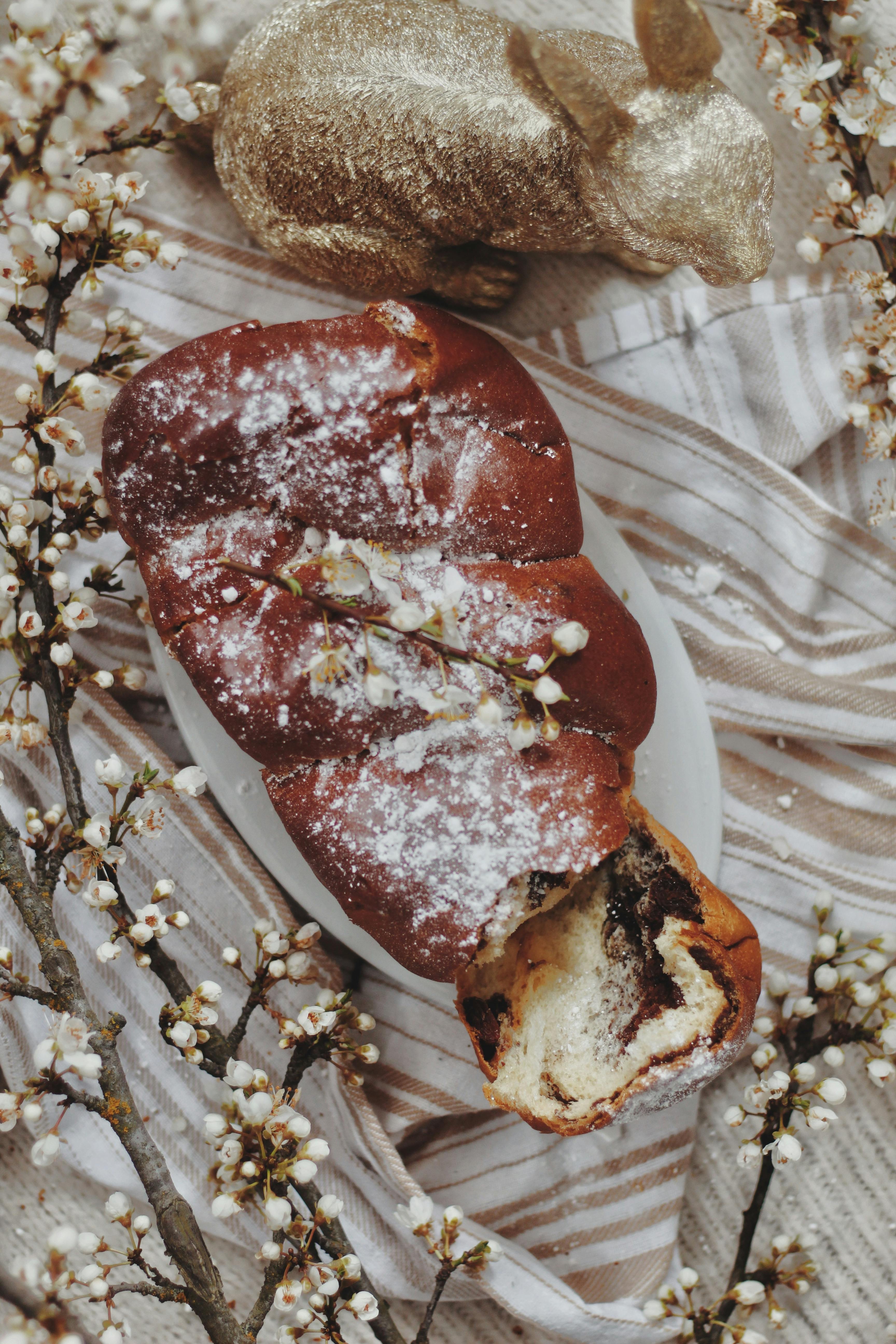
In Greece, the traditional Easter bread is baked with an egg dyed red, covered with two strips of dough in the shape of a cross. In Russia and Austria, sweet breads are often marked with a cross or a picture of a lamb. In Germany, Easter bread is baked in loaves of twisted or braided strands ( Osterstollen ). Another type of Austrian Easter bread is the Osterlaib (Easter loaf), a large flat round loaf marked with a cross or a picture of a lamb. In Poland, people enjoy a special cake called Baba Wielkanocna . In Slovakia, we prepare Zemplín cake or Easter Mazanec .
Sources:
https://www.almanac.com/easter-symbols
https://www.history.com/topics/holidays/easter-symbols#easter-bunny
